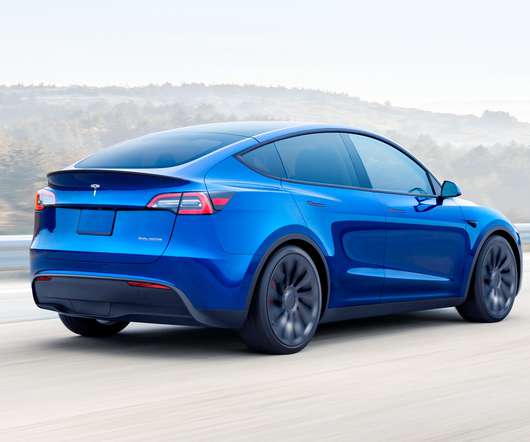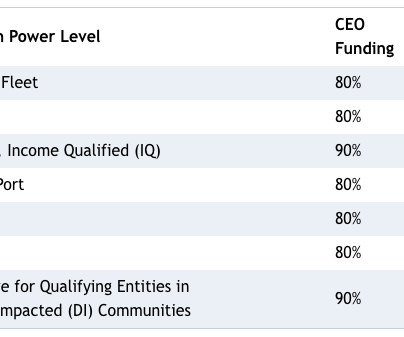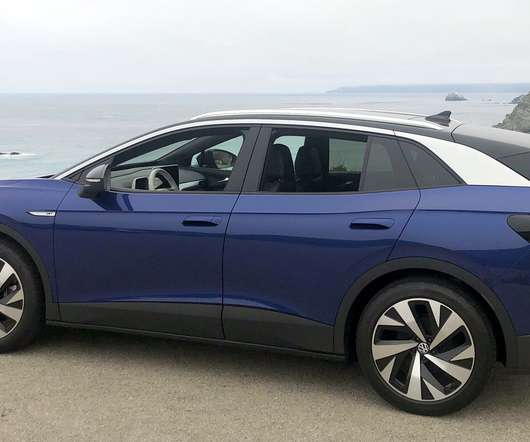UPS sets 2017 goal of 1 billion alternative fuel miles
Green Car Congress
JULY 27, 2013
UPS released its annual Sustainability Report announcing that while the total number of packages shipped in 2012 increased, the company reduced its total Greenhouse Gas (GHG) emissions. Environmental achievements included ground and air fuel savings, increased investments in alternative fuel vehicles, and retooled routes that shaved 12.1








































Let's personalize your content